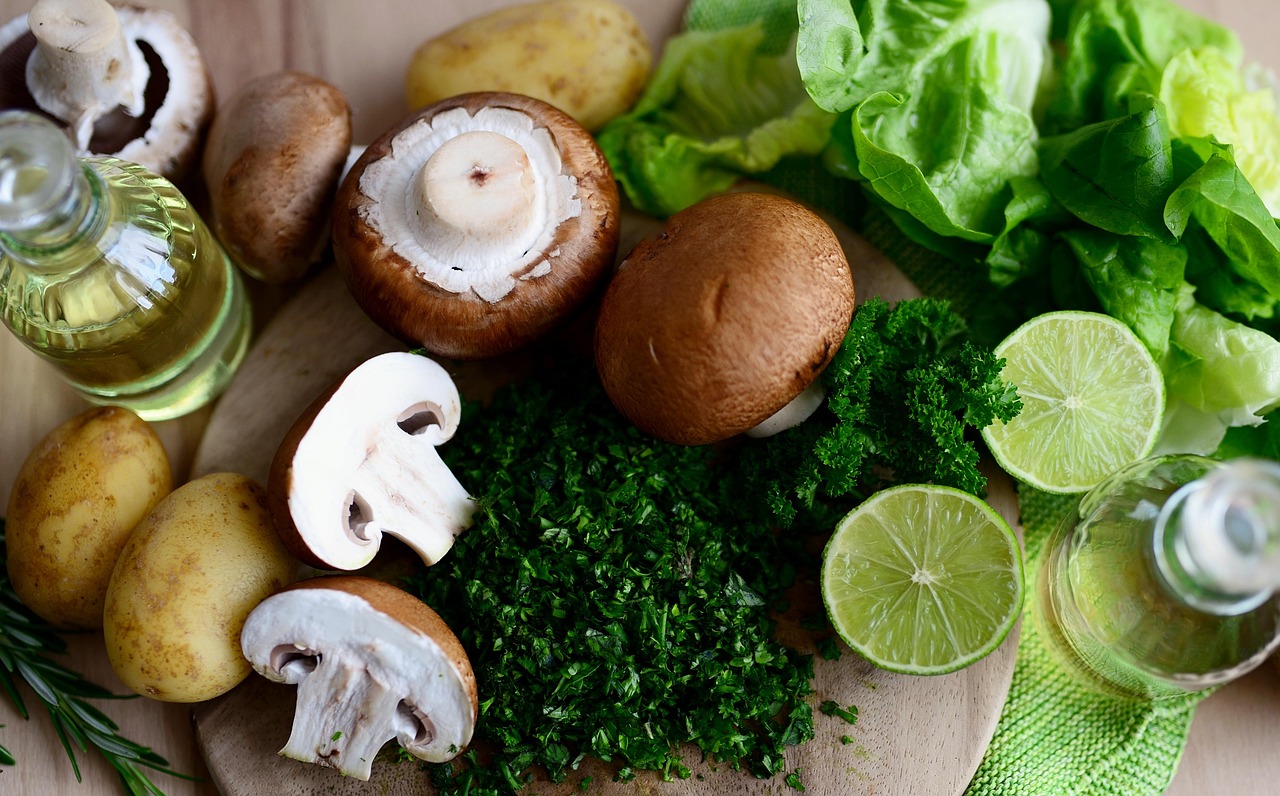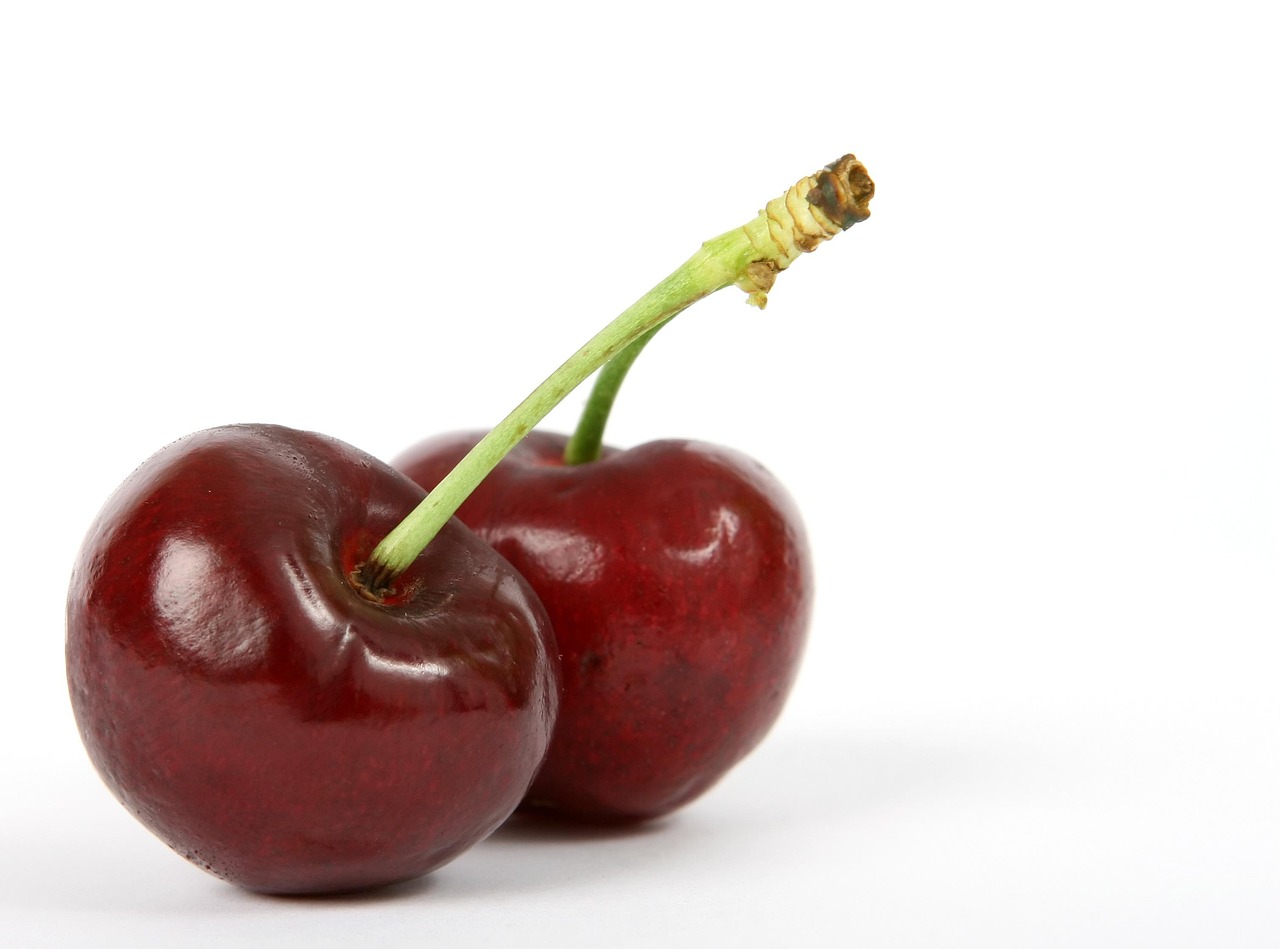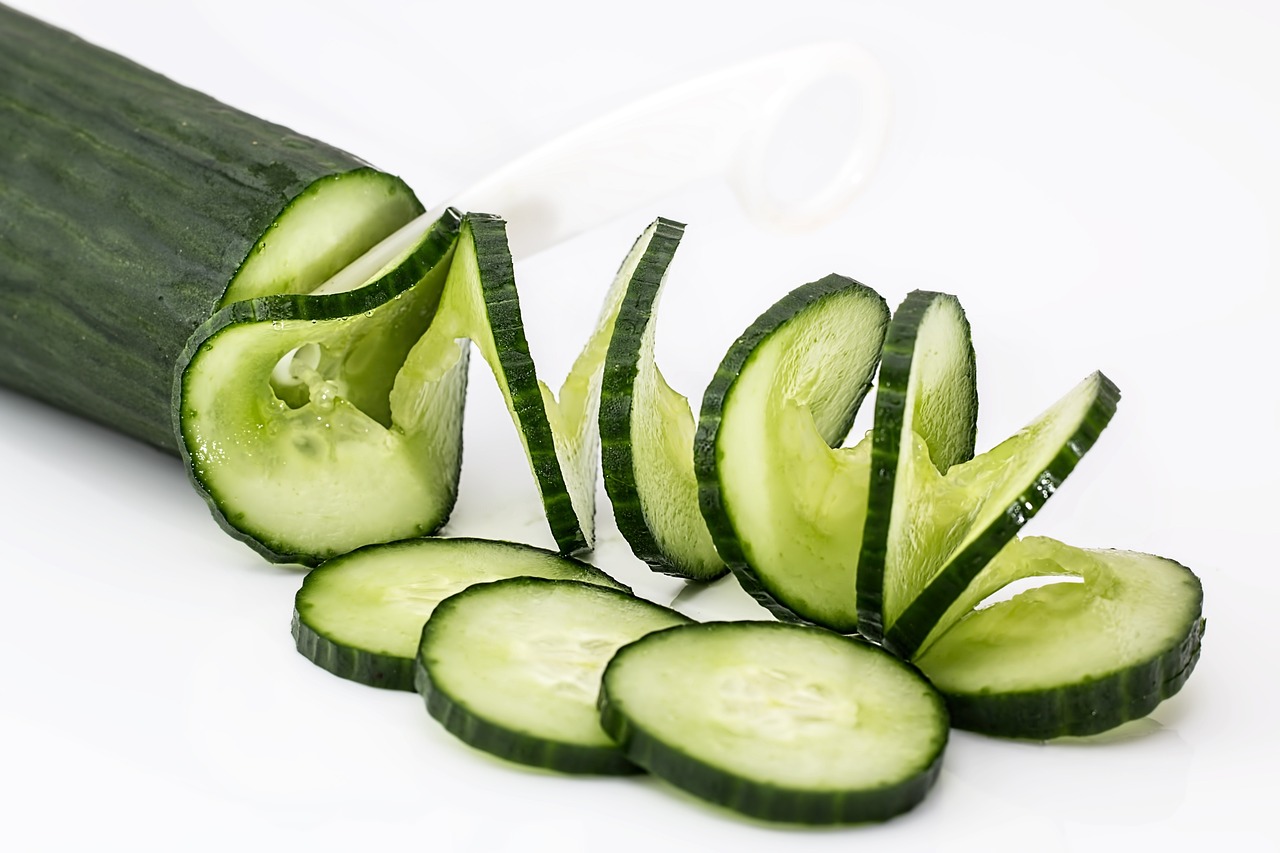Imagine coming home after a long day, craving a delicious and nutritious vegetarian meal, but dreading the mountain of dishes that usually follows. What if you could enjoy a flavorful, plant-based dinner and only have one pot to clean? Vegetarian one-pot meals are the answer! They are quick, easy, healthy, and minimize cleanup, making them a perfect solution for busy weeknights or anyone looking for a simple and satisfying cooking experience. Let’s dive into the world of vegetarian one-pot wonders!
Why Choose Vegetarian One-Pot Meals?
Convenience and Time-Saving
- Reduced cleanup: The most obvious benefit is the minimal dishwashing. All the ingredients cook together in a single pot, leaving you with more time to relax.
- Quick cooking times: Many one-pot recipes can be ready in under 30 minutes, making them ideal for busy weeknights.
- Simplified cooking process: Fewer steps and fewer pans mean less stress and more enjoyable cooking.
Health and Nutrition
- Nutrient retention: Cooking everything together often preserves more nutrients compared to methods involving draining or multiple pots.
- Balanced meals: Easily incorporate a variety of vegetables, grains, and legumes for a complete and balanced nutritional profile.
- Control over ingredients: You have complete control over the ingredients, allowing you to use fresh, whole foods and avoid processed ingredients.
Budget-Friendly
- Cost-effective: One-pot meals often use affordable ingredients like beans, lentils, rice, and seasonal vegetables.
- Less food waste: Easily use up leftover vegetables or grains in a one-pot recipe.
- Reduced energy consumption: Using only one burner or oven reduces energy consumption compared to cooking multiple dishes.
Essential Ingredients for Vegetarian One-Pot Success
Grains and Legumes
- Rice: Brown rice, basmati rice, and wild rice are excellent choices for adding substance and fiber. Remember that different types of rice require different cooking times and amounts of liquid.
- Pasta: Whole wheat pasta, gluten-free pasta, and even short pasta like orzo work well. Add pasta towards the end of cooking to prevent it from becoming mushy.
- Quinoa: A complete protein and versatile grain that cooks quickly. Rinse quinoa thoroughly before cooking to remove any bitterness.
- Lentils: Red lentils, green lentils, and brown lentils are packed with protein and fiber and cook relatively quickly.
- Beans: Canned beans (rinsed and drained) or pre-cooked dried beans add protein and creaminess. Black beans, chickpeas, and kidney beans are popular choices.
Vegetables and Herbs
- Root vegetables: Carrots, potatoes, sweet potatoes, and parsnips add sweetness and heartiness.
- Leafy greens: Spinach, kale, and chard provide essential vitamins and minerals. Add leafy greens towards the end of cooking as they wilt quickly.
- Aromatic vegetables: Onions, garlic, and celery form the base of many one-pot meals, adding depth of flavor.
- Fresh herbs: Parsley, cilantro, basil, and oregano add freshness and vibrancy. Add fresh herbs towards the end of cooking to preserve their flavor.
- Spices: Cumin, coriander, turmeric, and chili powder add warmth and complexity to your dishes.
Liquids and Flavor Enhancers
- Vegetable broth: The foundation of many one-pot meals, providing moisture and flavor.
- Tomato sauce or diced tomatoes: Adds acidity and richness.
- Coconut milk: Creates a creamy and flavorful base, especially in curries.
- Lemon or lime juice: Brightens the flavors and adds a touch of acidity.
- Soy sauce or tamari: Adds umami and saltiness.
- Nutritional yeast: Adds a cheesy flavor (popular in vegan recipes).
Simple Vegetarian One-Pot Meal Ideas
One-Pot Lentil Soup
- Ingredients: Lentils (red or brown), diced carrots, celery, onion, garlic, vegetable broth, diced tomatoes, spices (cumin, coriander, turmeric), bay leaf, lemon juice.
- Instructions: Sauté vegetables, add lentils, spices, broth, and tomatoes. Simmer until lentils are tender. Remove bay leaf, stir in lemon juice, and serve.
- Variations: Add spinach towards the end of cooking. Top with fresh cilantro or a dollop of yogurt (for non-vegan versions).
One-Pot Pasta Primavera
- Ingredients: Pasta (penne, rotini, or farfalle), vegetable broth, diced onion, garlic, broccoli florets, bell peppers (various colors), peas, zucchini, parmesan cheese (optional), fresh basil.
- Instructions: Sauté onion and garlic, add broth and pasta. Cook until pasta is almost al dente. Add vegetables and cook until tender-crisp. Stir in parmesan cheese (if using) and fresh basil.
- Variations: Use different seasonal vegetables. Add a splash of cream or a dollop of pesto.
One-Pot Quinoa Curry
- Ingredients: Quinoa, coconut milk, vegetable broth, diced onion, garlic, ginger, bell peppers, chickpeas, spinach, curry powder, garam masala, lime juice.
- Instructions: Sauté onion, garlic, and ginger. Add curry powder and garam masala and cook for a minute. Add quinoa, coconut milk, broth, and bell peppers. Simmer until quinoa is cooked. Stir in chickpeas and spinach. Finish with lime juice.
- Variations: Add cauliflower, sweet potatoes, or green beans. Top with chopped cashews or cilantro.
Tips and Tricks for One-Pot Vegetarian Cooking
Liquid Ratios
- Rice: Generally, use a 2:1 ratio of liquid to rice (e.g., 2 cups of liquid for 1 cup of rice).
- Pasta: Use enough liquid to completely cover the pasta. Start with a generous amount and add more if needed.
- Quinoa: A 1.5:1 or 2:1 ratio of liquid to quinoa usually works well.
- Adjust based on ingredients: Some vegetables release water as they cook, so you may need to adjust the liquid accordingly.
Cooking Order
- Sauté aromatics first: Start by sautéing onions, garlic, and other aromatic vegetables in oil or butter to build flavor.
- Add heartier vegetables early: Root vegetables like carrots and potatoes should be added earlier in the cooking process as they take longer to cook.
- Add delicate vegetables last: Leafy greens and tender vegetables like zucchini should be added towards the end to prevent overcooking.
- Add pasta or grains at the right time: Add pasta or grains at the appropriate time, based on their cooking time, to ensure they are cooked to perfection.
Seasoning and Flavor Enhancers
- Taste as you go: Seasoning is crucial. Taste your one-pot meal throughout the cooking process and adjust the seasonings as needed.
- Use fresh herbs: Fresh herbs add a burst of flavor. Add them towards the end of cooking to preserve their freshness.
- Acid is key: A squeeze of lemon or lime juice at the end brightens the flavors and balances the dish.
- Don’t be afraid to experiment: Try different spices and flavor combinations to create your own signature one-pot meals.
Conclusion
Vegetarian one-pot meals are a fantastic way to enjoy delicious, healthy, and convenient plant-based dinners. By understanding the essential ingredients, mastering the cooking techniques, and experimenting with different flavor combinations, you can create a repertoire of satisfying one-pot recipes that will simplify your cooking routine and delight your taste buds. Embrace the ease and versatility of one-pot cooking and discover a world of flavorful possibilities!




